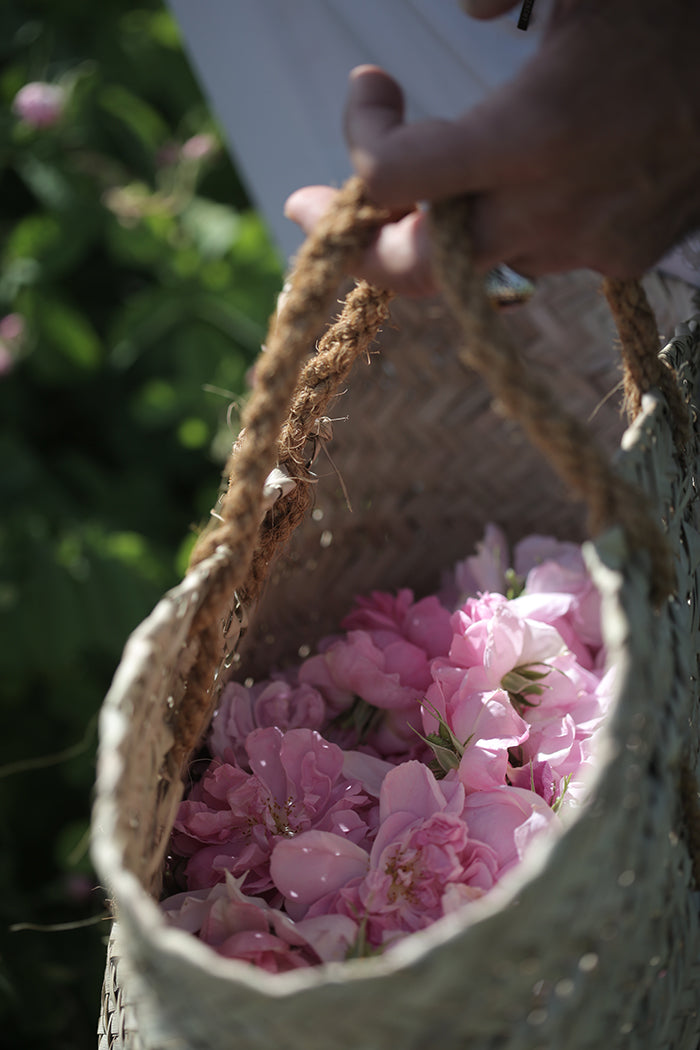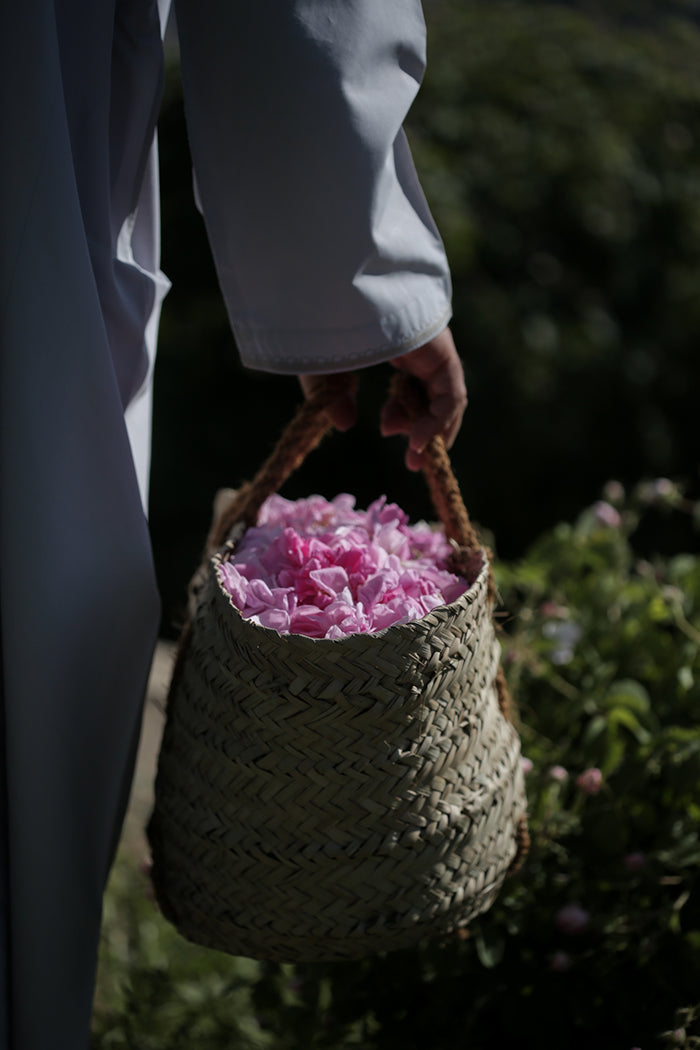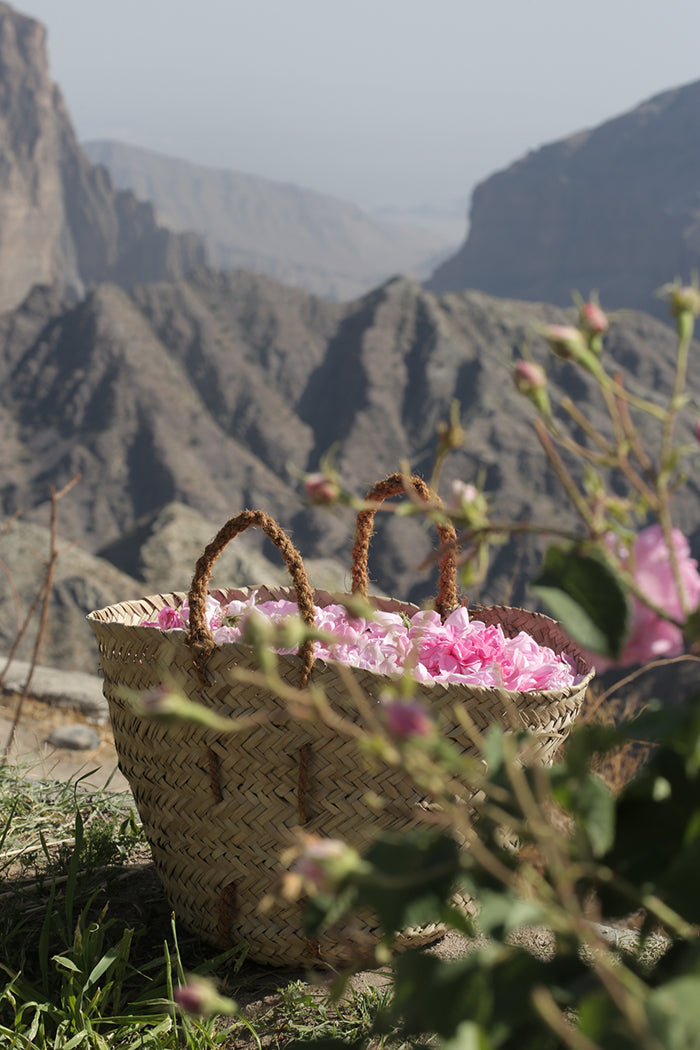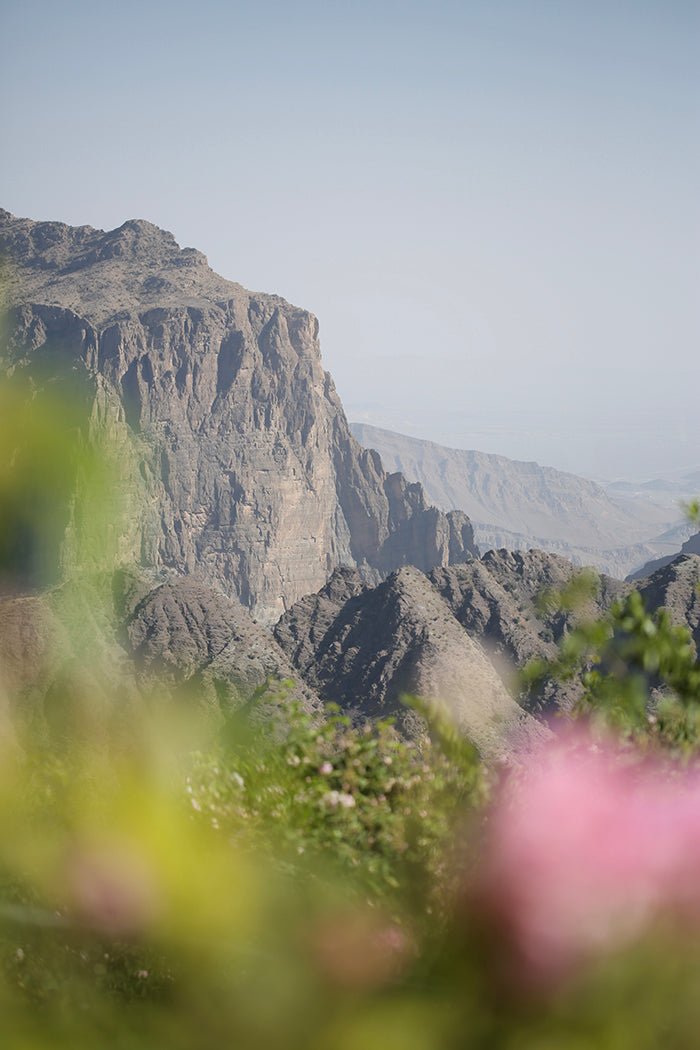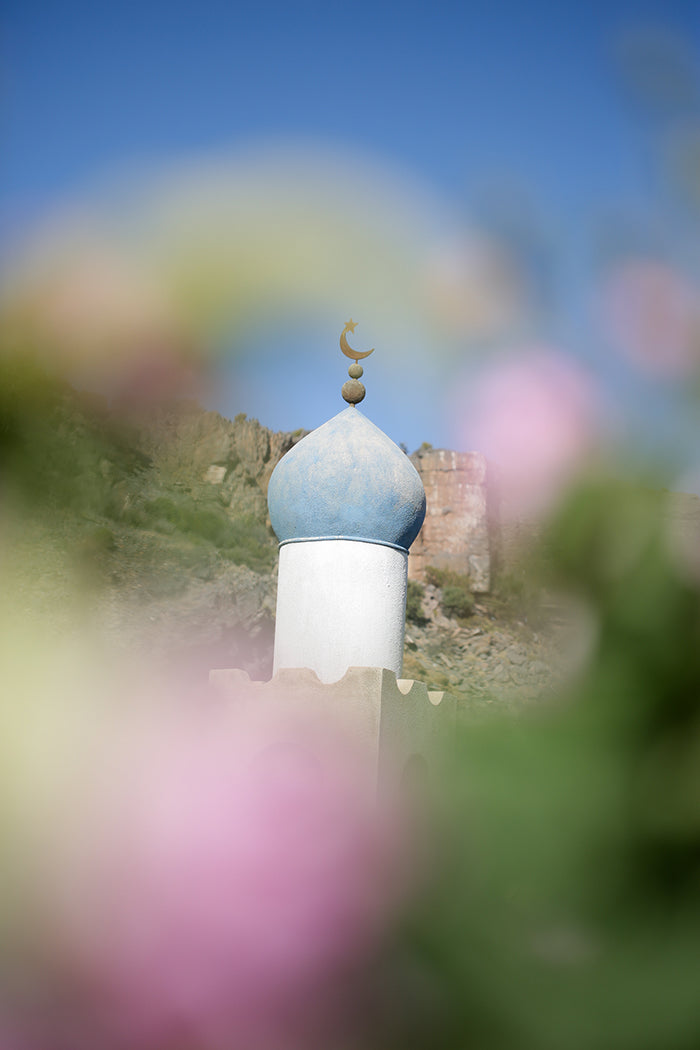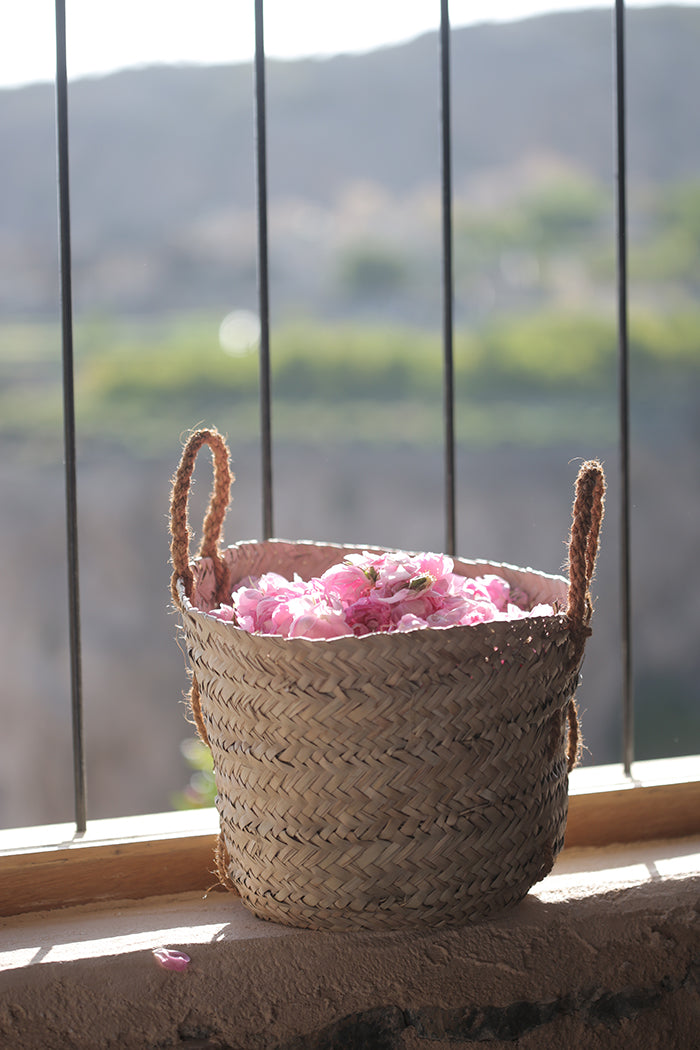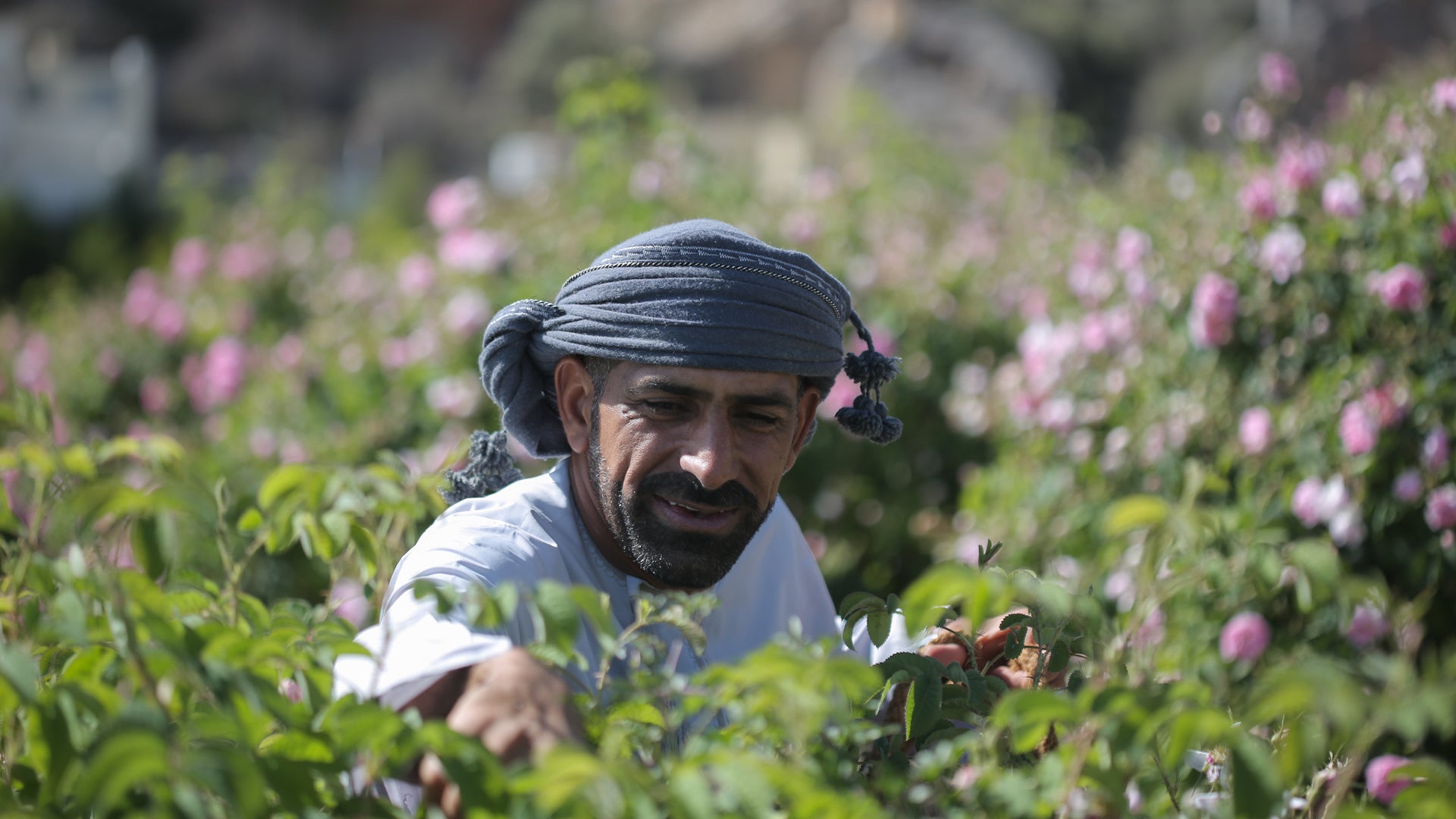
Al Jabal Al Akhdar, Oman: A Mountain of Heritage and Elevation
Al Jabal Al Akhdar, known as “The Green Mountain,” stands as one of Oman’s most remarkable natural and cultural landmarks. It forms part of the Al Hajar Mountain range in the interior of the Sultanate, rising more than 2,000 meters above sea level—making it one of the highest inhabited areas in the Arabian Peninsula. Its mild climate, unique topography, and deep cultural roots make it a destination of both historical and environmental significance.
Geography and Climate
The mountain’s landscape is a dramatic blend of high peaks, deep canyons, and terraced villages clinging to its slopes. Al Jabal Al Akhdar enjoys a cool, refreshing climate throughout most of the year, offering a stark contrast to Oman’s desert lowlands. In summer, temperatures remain pleasantly moderate, while in winter they can drop below freezing, shrouding the villages in mist and frost—a rare and beautiful sight in the region.
This mild climate nurtures a wide range of vegetation, giving the mountain its name. Here, farmers cultivate pomegranates, apricots, peaches, grapes, and the famous Omani Damask rose. The rose petals are distilled into the renowned Omani rose water, a treasured traditional product that reflects the region’s agricultural heritage and craftsmanship.
Villages and Rural Life
Scattered across the mountain are several centuries-old villages such as Sīq, Al ‘Ayn, Al ‘Aqr, Al Sharayjah, and Wadi Bani Habib. These settlements are known for their traditional stone architecture, built to blend seamlessly with the rocky environment and withstand the mountain’s changing climate.
Life in these villages remains deeply rooted in simplicity and self-sufficiency. The residents rely on terrace farming, livestock, and the artisanal production of rose water. Their irrigation system, known as the falaj, channels spring water through an intricate network of stone channels to reach the farms. This ancient system—recognized by UNESCO as part of Oman’s World Heritage—is a testament to the ingenuity of Omani traditional engineering.
Economic and Cultural Significance
Beyond its natural beauty, Al Jabal Al Akhdar has long been central to Oman’s social and economic fabric. For centuries, it served as an agricultural hub and a source of mountain produce traded across nearby towns and regions.
In recent decades, the mountain has become a symbol of sustainable development in Oman. Government initiatives have focused on balancing modernization with heritage preservation—enhancing local infrastructure while protecting the mountain’s fragile ecosystem. Today, Al Jabal Al Akhdar attracts visitors seeking authenticity, tranquility, and insight into Oman’s rural traditions. Eco-friendly resorts, cultural tours, and research centers now allow guests to experience the richness of mountain life without disturbing its natural harmony.
Cultural Identity and the Spirit of Oman
Al Jabal Al Akhdar is more than a geographic wonder—it embodies the spirit of Oman itself. The perseverance of its people, their harmony with nature, and their commitment to preserving ancestral practices reflect the essence of Omani identity. Every falaj that flows through the terraces and every rose that blooms on the cliffs tells a story of endurance, connection, and care for the land.
The Green Mountain stands as a living symbol of balance—between tradition and progress, nature and humanity. Visiting it is not merely a journey to a scenic height, but an encounter with the deep cultural heartbeat of Oman, where time slows, and heritage breathes through the mountain air.
Photo Collection
